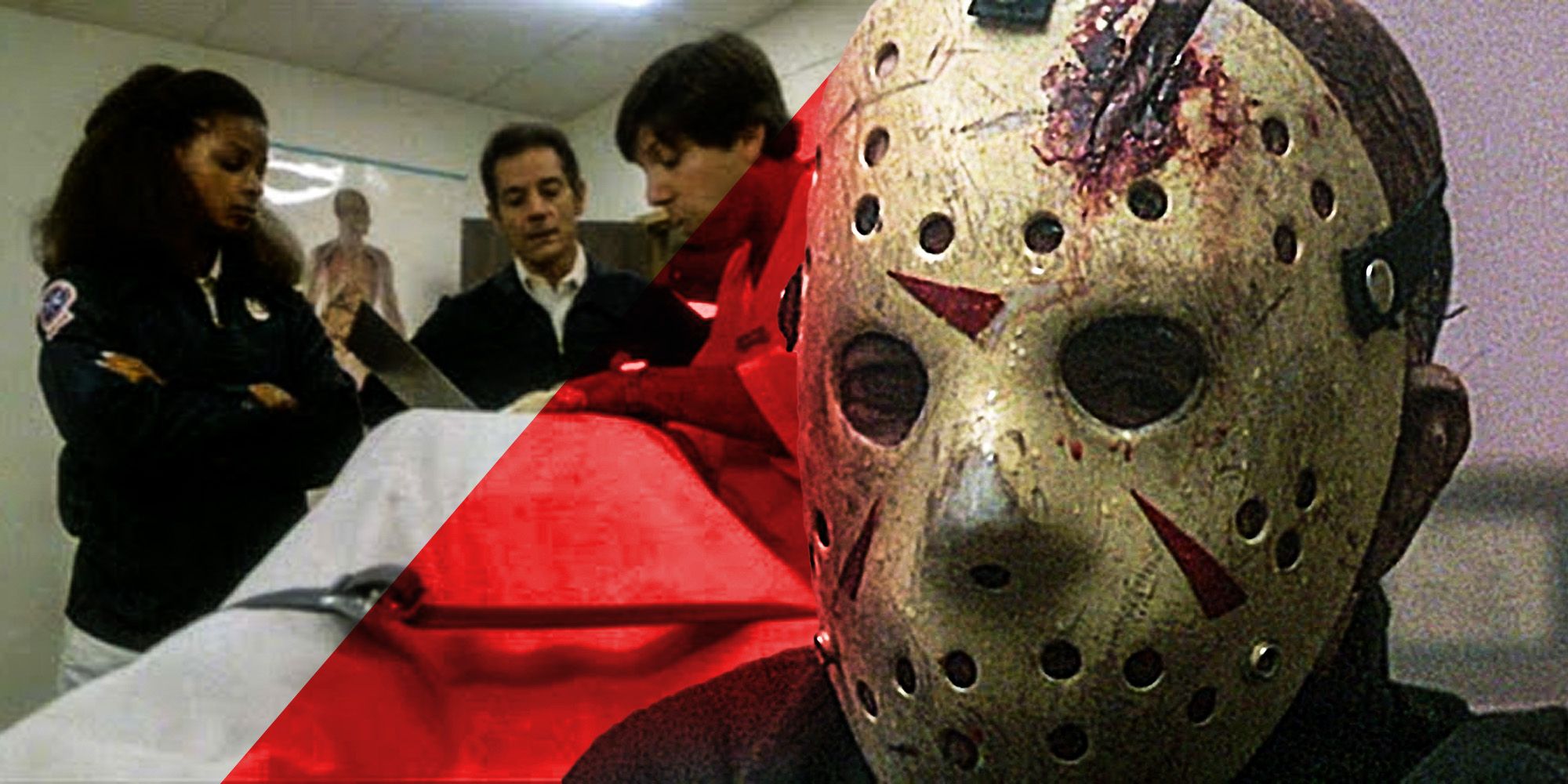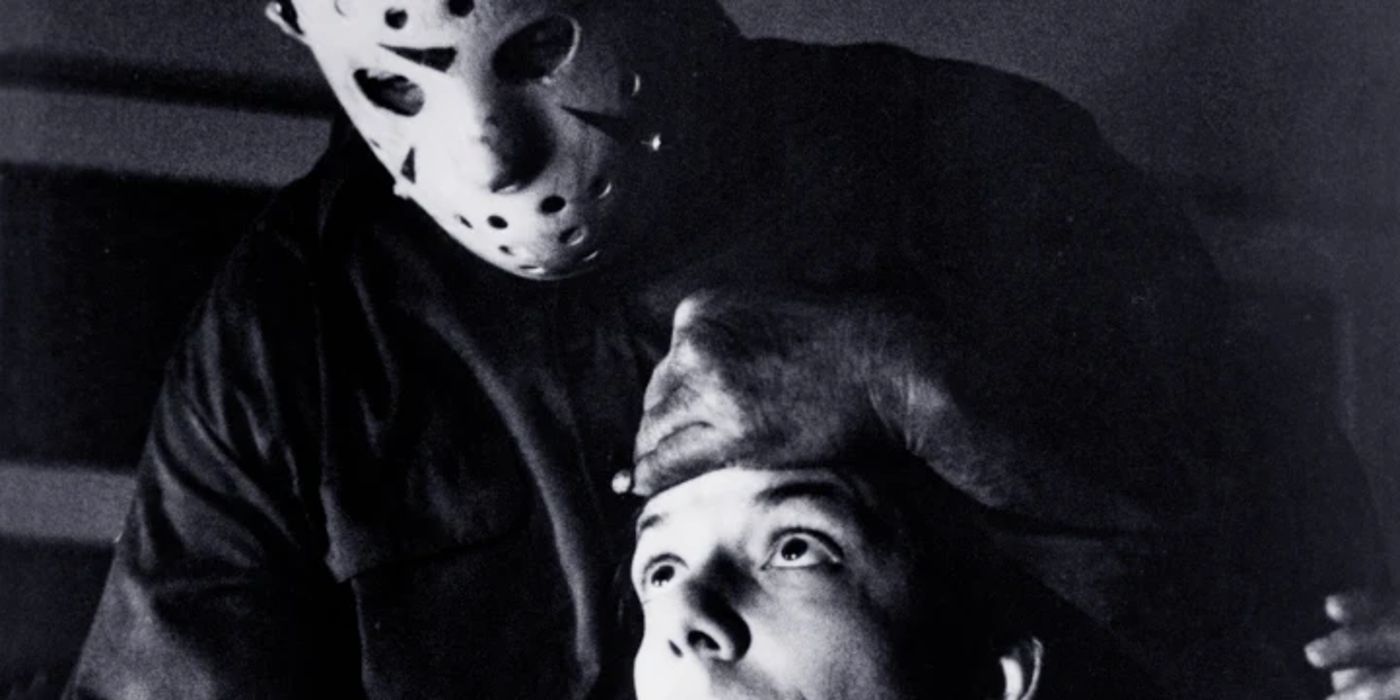Friday the 13th: The Final Chapter was the fourth installment in the wildly successful horror series, and here's how the sequel makes viewers complicit in Jason's bloodbath. Directed by Joseph Zito, Friday the 13th Part 4 features the return of serial killer Jason Voorhees, who had been presumed dead by the end of Part 3 after been axed in the head by a traumatized Chris Higgins (Dana Kimmell). The events of Part 4 pick up right after its predecessor, with the police cleaning up the crime scene and shifting Jason’s body to a morgue.
Longtime viewers of the franchise are acutely aware that Jason remains virtually unkillable, irrespective of the methods employed to put an end to his life. The slasher can revive due to his demonic powers, which include superhuman strength, regeneration, and immortality - at least that's how the 1993 sequel The Final Friday explains it. As Part 4 opens with the visual and narrative assumption that Jason is dead, audiences inevitably experience a sense of dread and foreboding, expecting him to return and launch himself back into a killing spree at any moment.
This latent audience expectation was intentionally evoked in Friday The 13th Part 4's opening moments, which featured long, languid shots of Jason’s deceased body, and the remnants of the carnage that took place in Part 3. This narrative technique was discussed by helmer Zito and editor Joel Goodman in 2013 documentary, Crystal Lake Memories, which maps the journey of the landmark franchise. Both Zito and Goodman explain how the film’s opening serves to create a deliberate atmosphere of anticipatory terror, while the camera movements during the scene in which Jason Voorhees' body is taken to the morgue serve to push audiences to the brink of impatience.
Zito was aware audiences would be expecting the return of Jason in Friday The 13th: The Final Chapter from the get-go, so he decided to intentionally delay his revival for as long as humanly possible. However, this sense of impatience is rewarded soon after Jason is put inside the freezer, after which audiences can see a puff of air. By the time Jason resuscitates and murders a coroner with a hacksaw, viewers are almost thirsting for bloodshed onscreen. Hence, in a certain way, the sequel makes viewers complicit in Jason’s actions which get progressively gorier, such as when he impales Jimmy with a corkscrew/meat cleaver combo.
As a film’s success hinges upon satiating audience expectations, Zito’s decision to delay Jason’s revival makes sense from a narrative perspective. This also bleeds into the alternate ending of Friday the 13th: The Final Chapter, which included a dream sequence featuring Trish and Tommy the morning after they kill Jason, with Trish finding their mother's body in a bathtub. This deleted scene toys with audience expectations of Jason’s return too, which pays off somewhat when Mrs. Jarvis’ corpse comes to life with demonic white eyes. At this juncture, Jason appears and strikes her down, which is revealed to be Trish’s dream - an ending that is arguably more impactful than the film’s current one.


